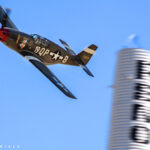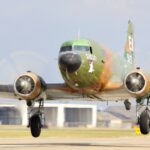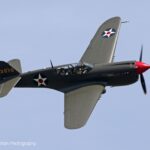By Stephen Chapis
The Hawker Sea Fury replaced the Supermarine Seafire as the primary fleet defense fighter for the Royal Canadian Navy (RCN) in 1948. One of 53 examples to fly with the RCN was FB.11 TG114, which served with 803 and 870 Squadrons. In the decades following its retirement from military service, TG114 would contribute parts of its airframe to two Sea Fury warbirds.

In 1969, Frank Sanders acquired TG114, which had been damaged in a landing accident in 1964, along with a cache of spare parts from Brian Baird. During the 18-month restoration, Frank replaced TG114’s damaged cockpit section with the piece from VR919 and the tail section of VR918.
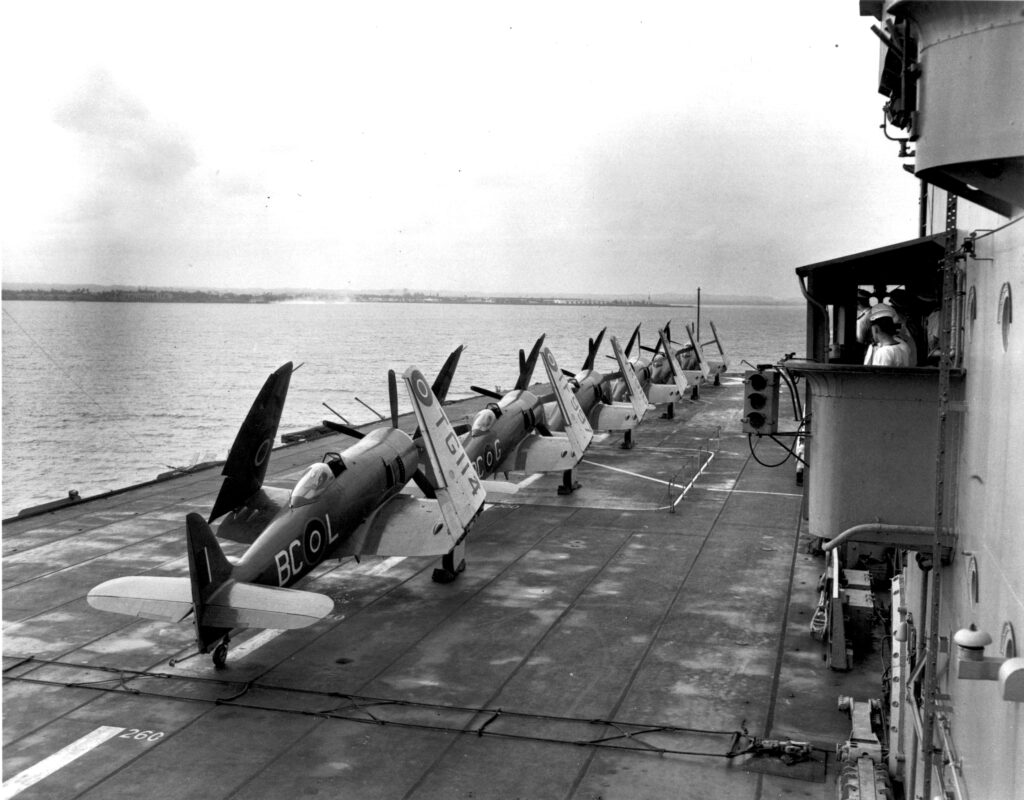
When Darryl Greenamyer performed the first post-restoration flight in 1971, the aircraft had taken the identity of VR919 and registered a N232. For the next 19 years the aircraft, known simply as “Two Three Two”, became an Unlimited racer, airshow performer, and testbed for the unique Sanders-designed smoke system — more on this later.
![Sanders and the Argonaut 12 Frank Sanders with the original Sanders family Sea Fury, N232J, in the early 1970s. [Photo from Stephen Chapis collection]](https://vintageaviationnews.com/wp-content/uploads/Frank-Sanders-1024x829.jpg)
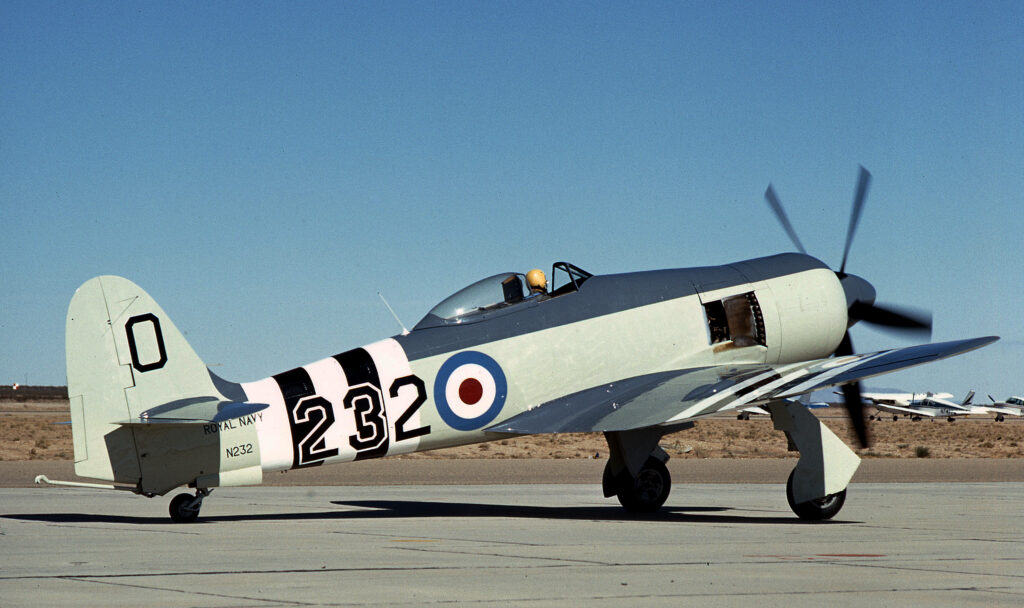
In 1996, Michael Brown acquired the aircraft and returned it to Sanders Aeronautics for conversion into a highly-modified Unlimited-class air racer known as September Fury (N232MB), and the aircraft became the “World’s Fastest Sea Fury” after it turned a qualifying lap of 480.249mph in 2013. While 232/September Fury was living this exciting life, the original damaged cockpit section of TG114 was sitting in storage waiting for its time.
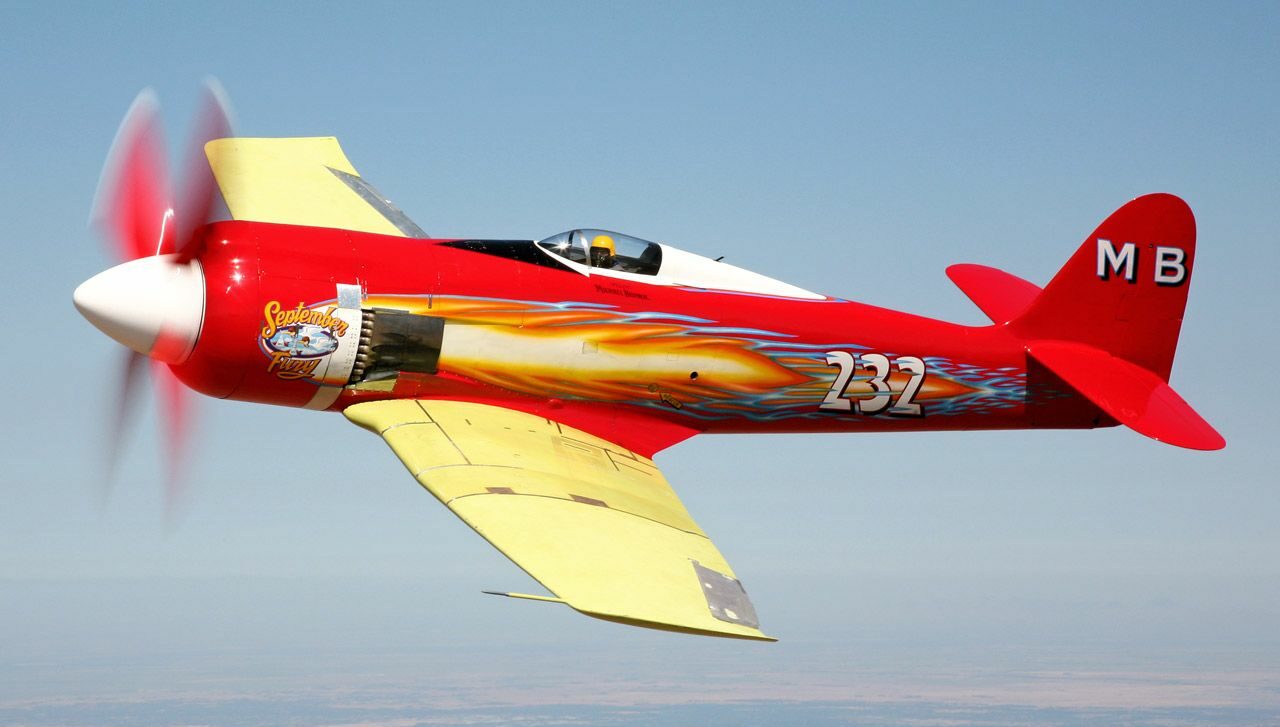
In 1988, Larry Burton performed a first in Sea Fury history when he installed a Wright R-3350-26WD in the Unlimited Blind Man’s Bluff. As many readers know, that racer later became Critical Mass, and now flies as the near-stock T.Mk.20 WE820. Once the late Nelson Ezell of Breckenridge, Texas developed an R-3350 installation kit for the Sea Fury the Wright became a popular alternative to the increasingly rare Bristol Centaurus.
In the early 1990s, Brian and Dennis Sanders took stock of their own successful installation of an R-4360 in Dreadnought and Burton’s R-3350 in Blind Man’s Bluff and decided to build a 3350-powered Sea Fury of their own. With a pair of Duplex-Cyclones and an Ezell installation kit, a huge cache of Sea Fury parts, and decades of expertise operating and restoring Sea Furies they were just the people to take on such a project. The centerpiece of this new Sea Fury was the original damaged cockpit section of TG114. It was repaired and mated to the wing center section of ex-German target tug, and the tail section was from an ex-Iraqi Sea Fury. They added Convair F-102 wheels and hydraulic brakes, a Douglas Skyraider prop, Sanders smoke generators on the wingtips, a stretched canopy for a second seat and, since they intended to race the aircraft, oil cooler spray bars and an ADI tank. They called it Argonaut.
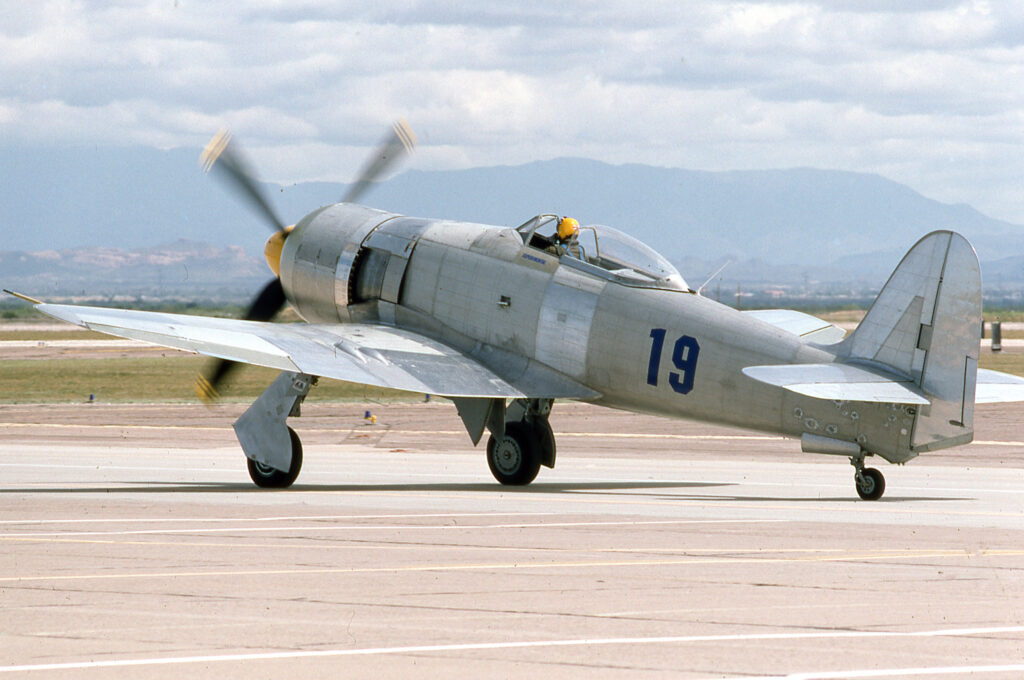
In July 2022, Vintage Aviation News sat down with Dennis Sanders to chat about how Argonaut came to be. He first spoke of how the damaged cockpit section of TG114, which was deemed unusable in the 70s, was repaired for use on Argonaut. “When he [Frank Sanders] did 232 he did it in his garage. Certainly, the technology to fix that section existed at the time, but it hadn’t trickled into the warbird scene at that point. People didn’t have that kind of equipment to do that type of work.”
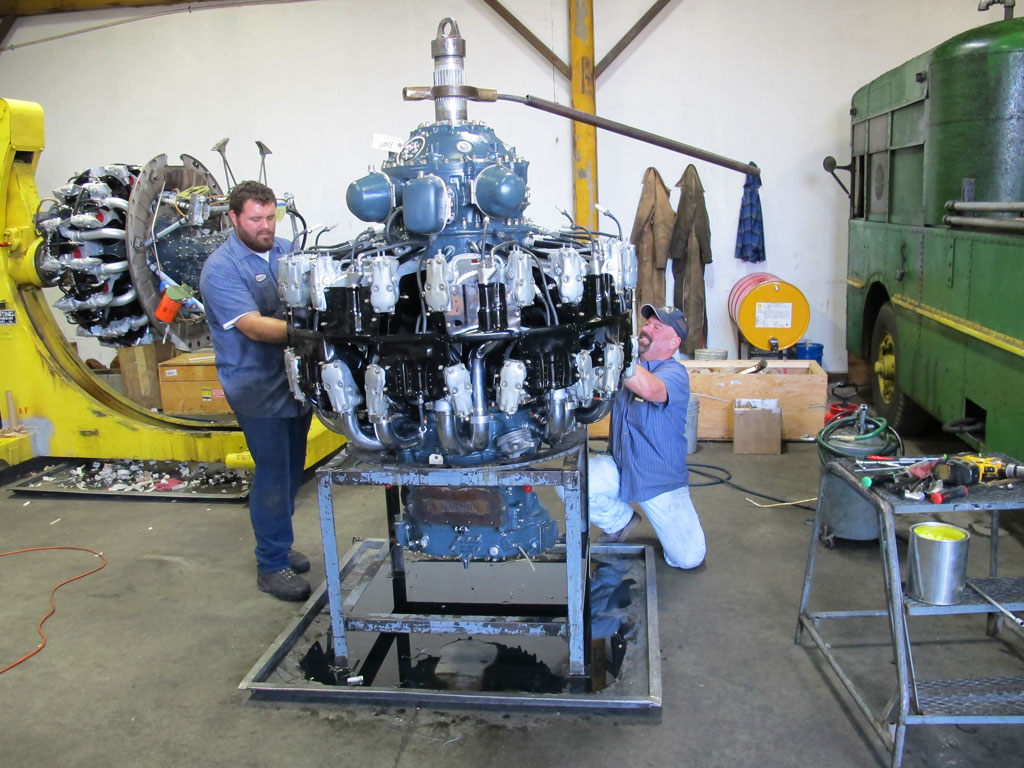
Work ahead of the firewall was facilitated by Ezell installation kits. Dennis continued, “I used Nelson Ezell kits; the engine mount, cowling mounts, oil tank and such like that, it was quality stuff. The only thing I did was put extra effort get to the exhaust to look like stock exhaust. The same went for the spinner, I did a lot of work to get it to look like a stock spinner.
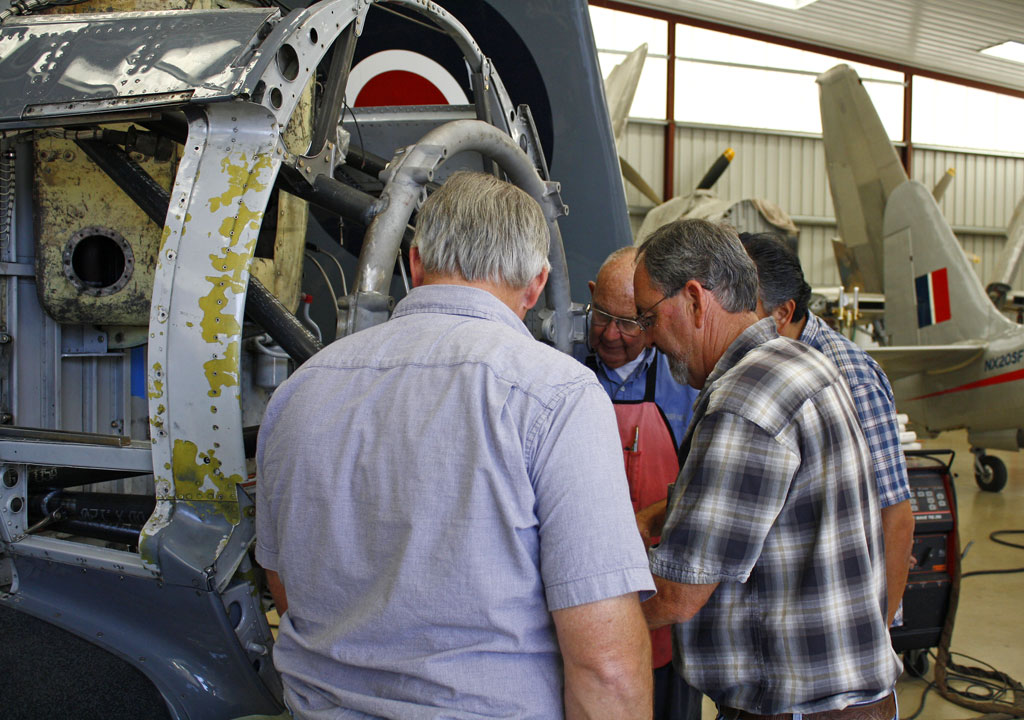
“When we came home from the races in ’93, I said, ‘We have to get this done.’ I worked on it six days a week, 12 hours a day, 7:00 in the morning until 7:00 at night to get it done and we did get it done.” On July 30th, 1994, Dennis performed the first flight and once flight tests were complete a “19” was applied to the bare metal fuselage and they took the airplane to Reno. Dennis qualified the aircraft in ninth place at 390.967mph and flew it to its first win in Heat 2B. Over the next fifteen years Argonaut was flown in 57 races by six pilots, including three races at the 2005 Tunica Air Race in Mississippi, and in that time it scored twenty-two top threes, five wins, and two Silver championships in 1997 and 2005.
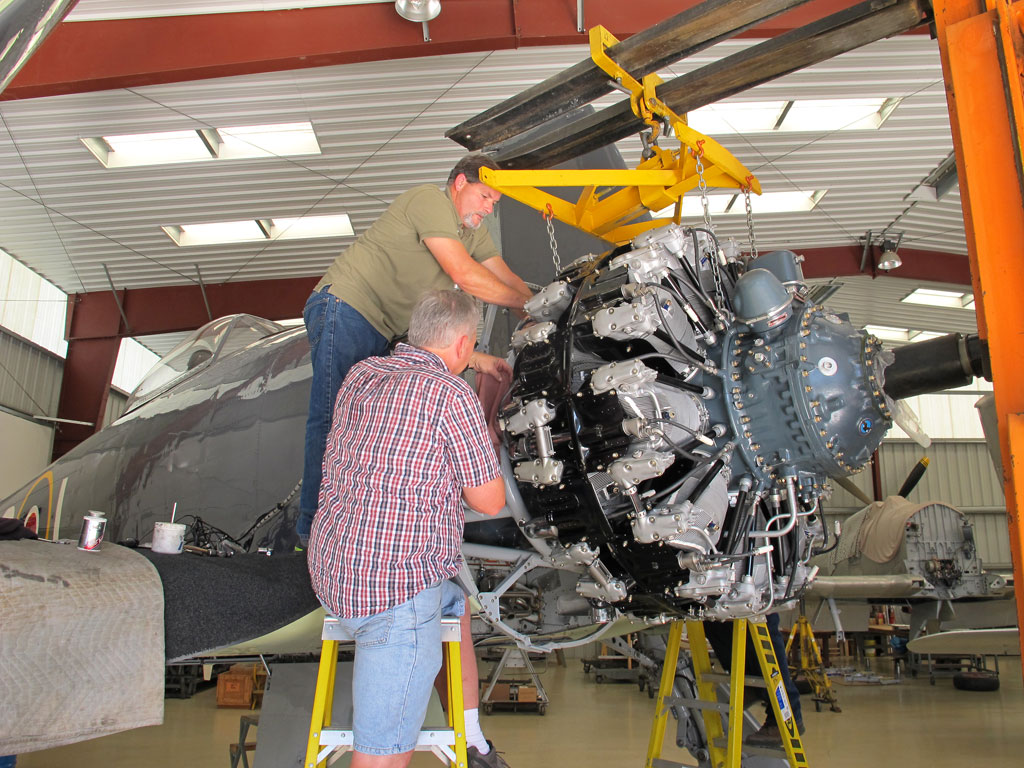
Amidst this success, Argonaut suffered a number of engine failures — five to be exact. The most dramatic of which was at Reno 2007. After starting at the back of the pack in Friday’s Silver race Argonaut, flown by CJ Stephens, was charging through the pack when the 3350 let go with a ferocious sneeze forcing Stephens to declare a mayday and make an emergency landing on Runway 14. After the fifth failure in March 2010, Dennis was “…tired of 3350s”, thus setting the stage for the Pratt & Whitney R-2800 conversion project. “The 2800 is a great conversion for the airplane and the biggest surprise was the thermal rejection out of the 2800. It makes a lot less heat in the oil system than the 3350 and the oil cooler is way more able to handle the heat. The 3350 made enough heat that it always taxed the oil cooler. You were always running right up on high oil temps. In the 2800 you never have oil temp problems. The engine is also 400 pounds lighter than the 3350,” Dennis explained.
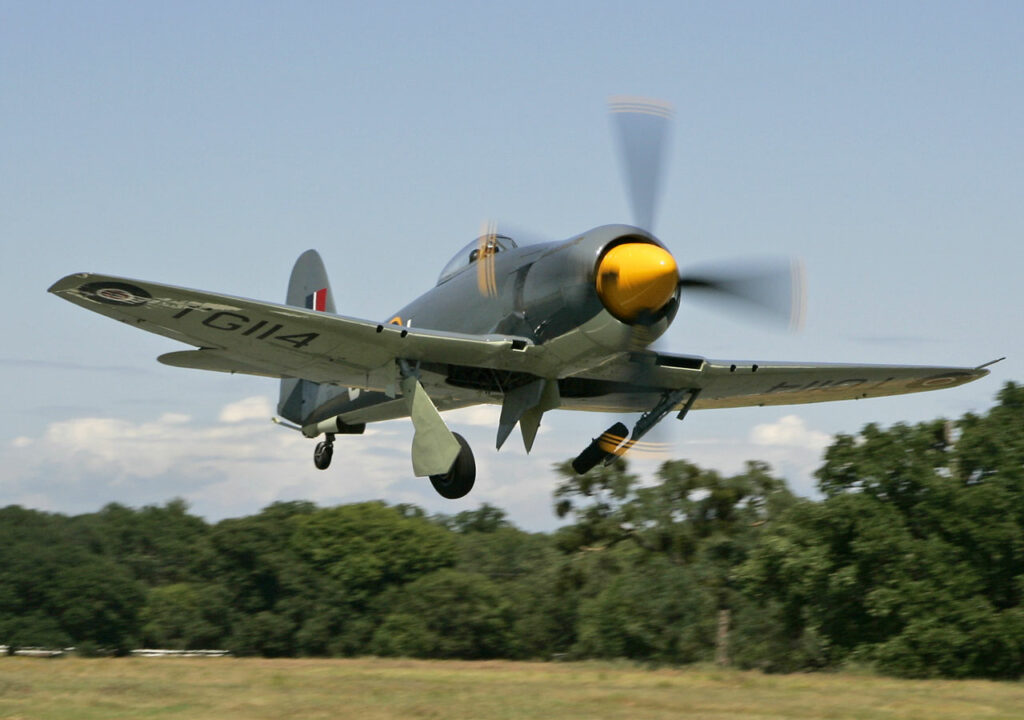
On April 19th, 2011, after two years of engineering and fabrication, Dennis took Argonaut on a successful 20-minute first flight with the R-2800. After the flight Argonaut was inspected, after which Brian took off on the second flight of the day. Both brothers reported that the R-2800 CB3 engine pulled just as hard as the old R-3350 and the aircraft handled very well. However, Dennis added that while the engine pulled hard, it was not happy. Dennis related, “My first 2800 experience was a little rough, so we pulled the engine and took it to Ray Anderson, and he said, ‘Come back in a week.’ He had another power section built up, so he pulled all the cylinders off the one engine, put him on the other and got it all built up for me. We put it back in Argonaut and it was good.” That rebuilt engine now has almost 400 hours on it, which includes 33 races and three additional wins. Naturally, Sanders offered conversion kits and as of today three additional Sea Furies have received R-2800s.
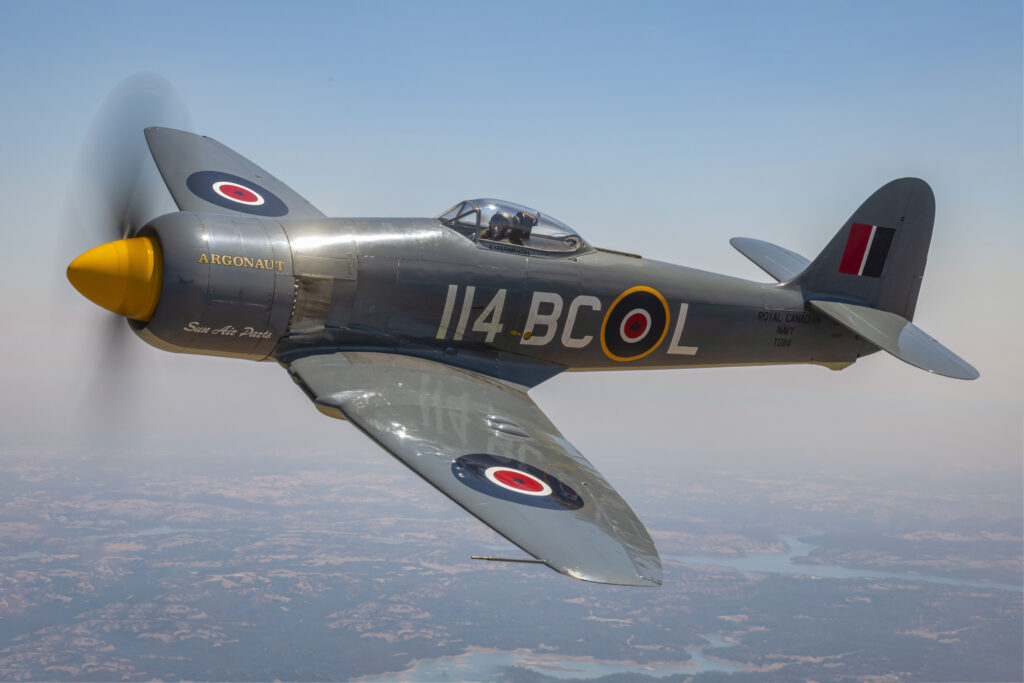
When we visited Ione in July 2022, Argonaut was fitted with a pair of Sanders Self-Contained Smoke Generators (SCSG), which was the smoke system Frank Sanders developed in 1972 when he began flying airshows in 232. He chose to mount the generators on the wingtips because a traditional system where the smoke exits through the exhaust would leave the aircraft extremely dirty. The SCSG worked incredibly well, so well in fact, he made the system available to customers. The first customer was huge…literally, as Dennis explained: “Our first customer was NASA. They wanted to put smoke on a 747 to do wake vortex studies. We built sixteen of them…That was in 1974.”
A year or so later, Sanders developed the “Smokewinder”, which is essentially a SCSG inside a pod that is of the same shape and size of an AIM-9 Sidewinder air-to-air missile and can be mounted on any aircraft cleared to carry the AIM-9. Dennis explained the genesis of this unique, niche and extremely popular system: “They were building a new airplane, the YF-17 which eventually became the F-18. They wanted to put smoke on it to go to the Paris Air Show in 1976. We built the smoke generators, but Northrop could not get the generators approved for the aircraft.” When Northrop couldn’t use the smoke generators, they were simply put in the corner of the shop, but they wouldn’t remain there for long.
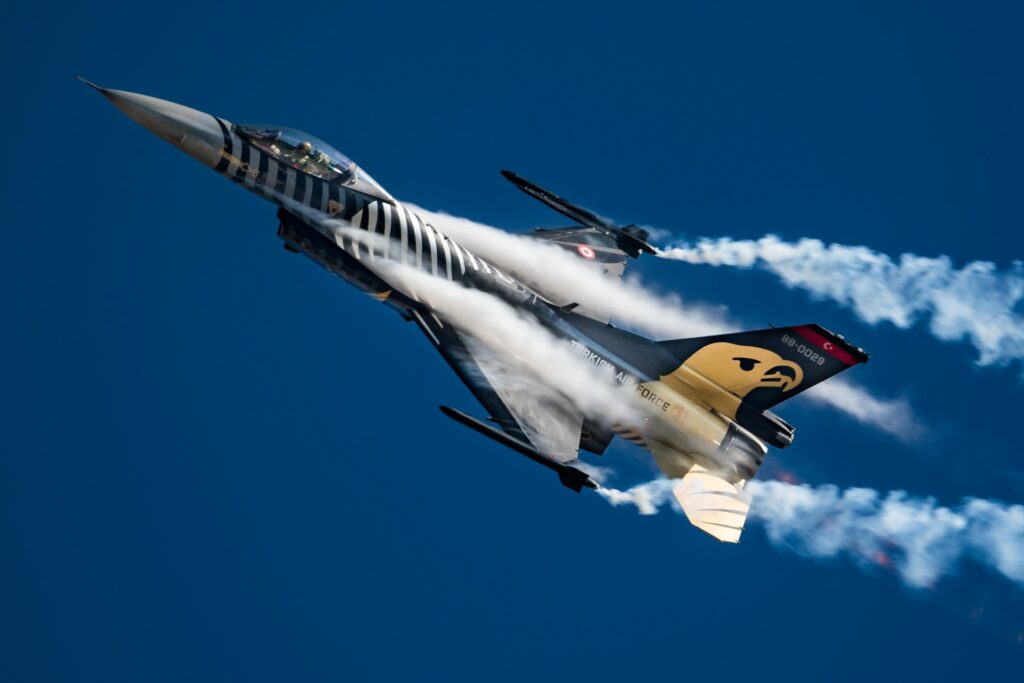
Dennis continued, “Somebody at General Dynamics heard that we had them and said, ‘We own our own airplane. We’ll get them approved.’ We shipped them down to Fort Worth, Texas, they put them on the red, white, and blue F-16. Of course, they set the world on fire with the F-16, and they sold a lot of airplanes that week and continue to sell airplanes.” The rest is history.
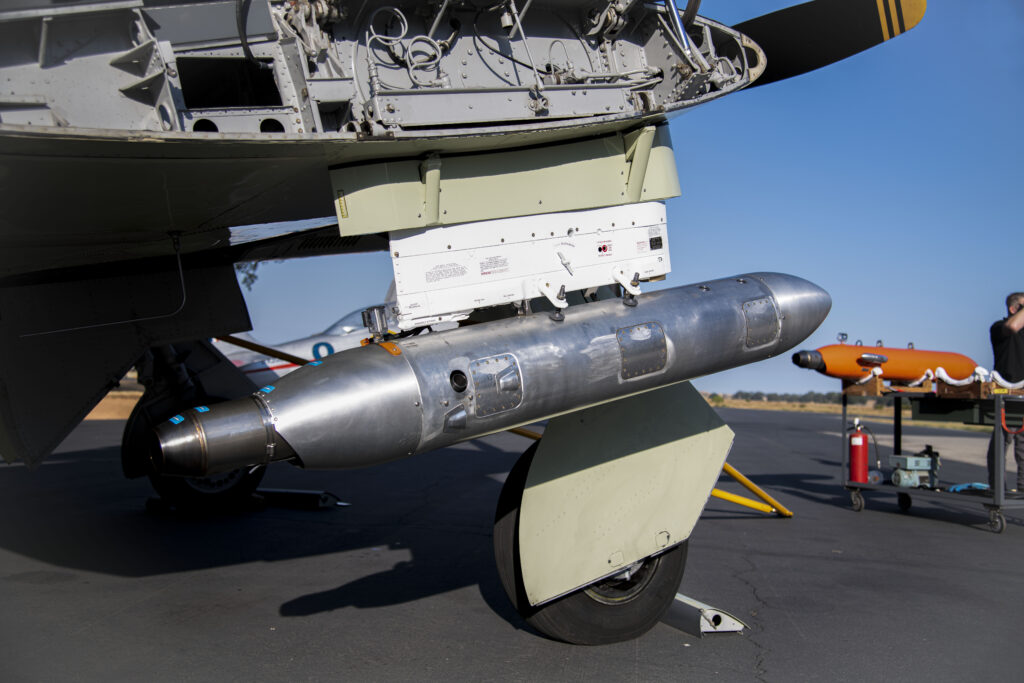
The legacy of Sanders Aeronautics and its association with the Hawker Sea Fury goes back over five decades. In addition to the airframes Sanders has restored for customers 232, 924, Dreadnought, and Argonaut forged their own legacies within the warbird community and the Sanders family. Of those Argonaut, an aircraft that almost never came to be, played a vital role in R-3350 and R-2800 engine conversions and continues to perform yeoman duties in the continuing refinement of the SCSG and Smokewinder systems.
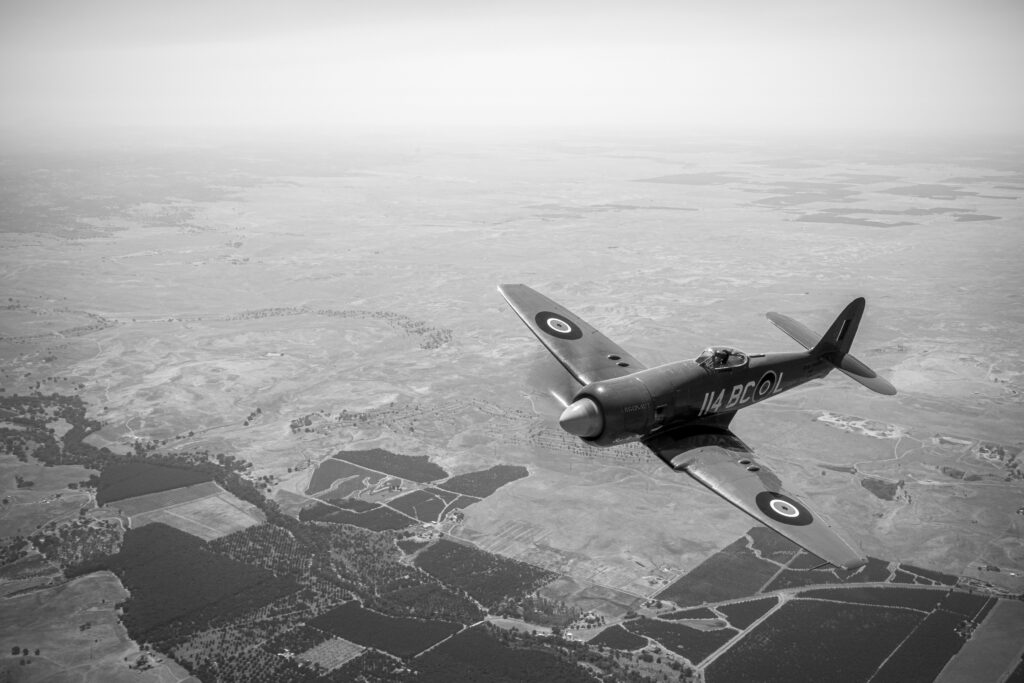
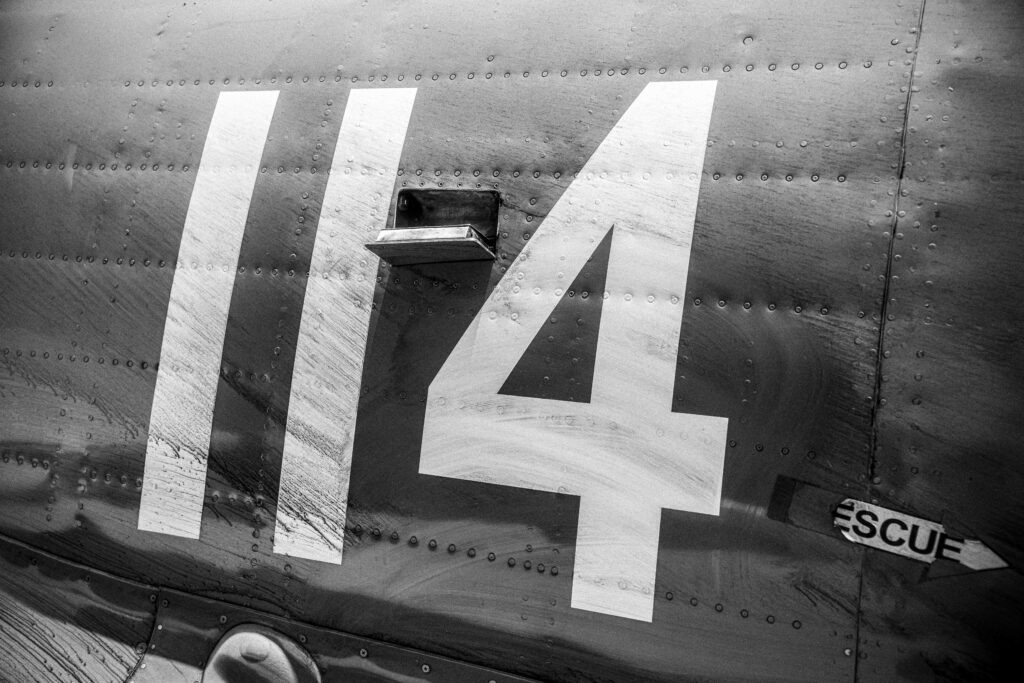







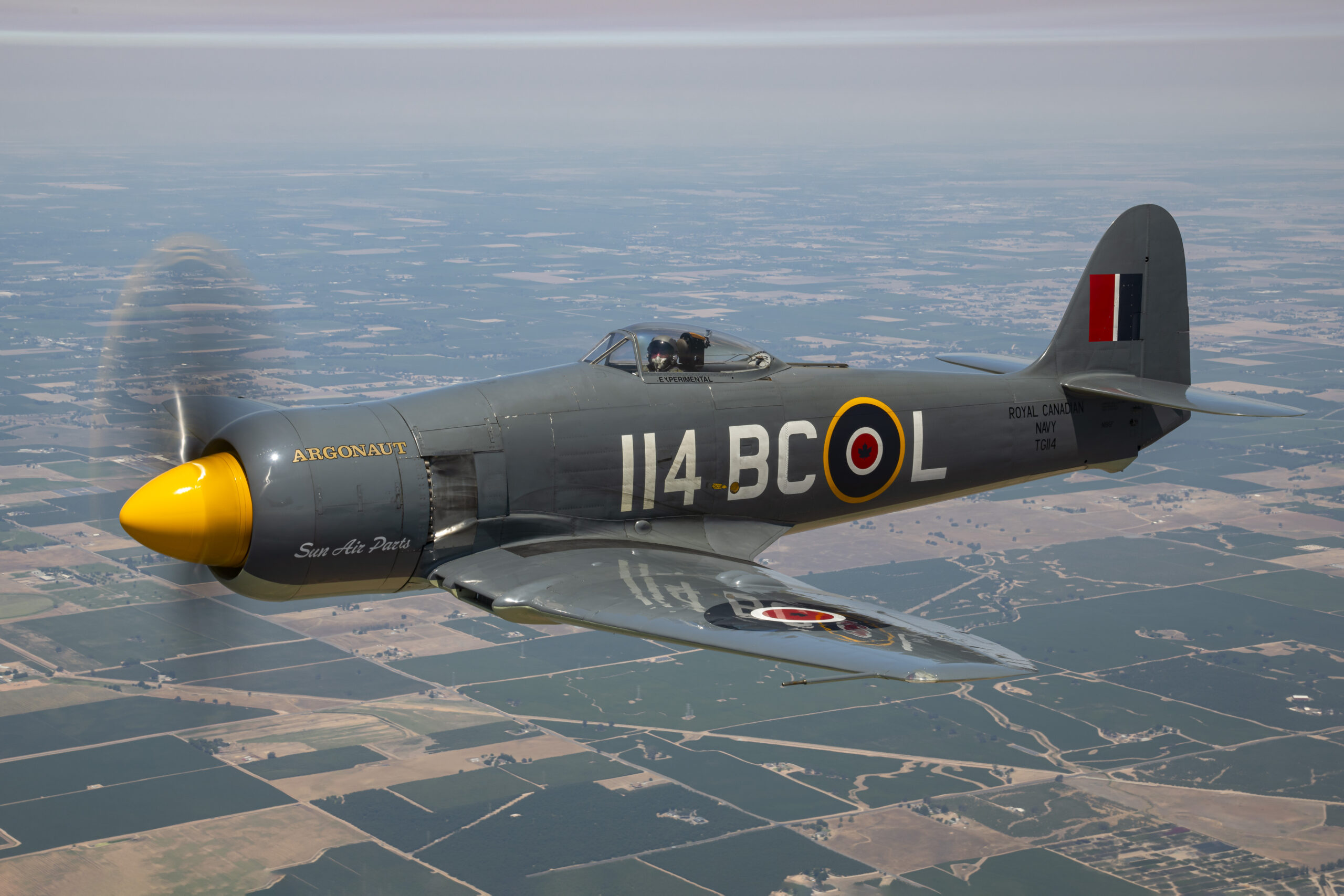

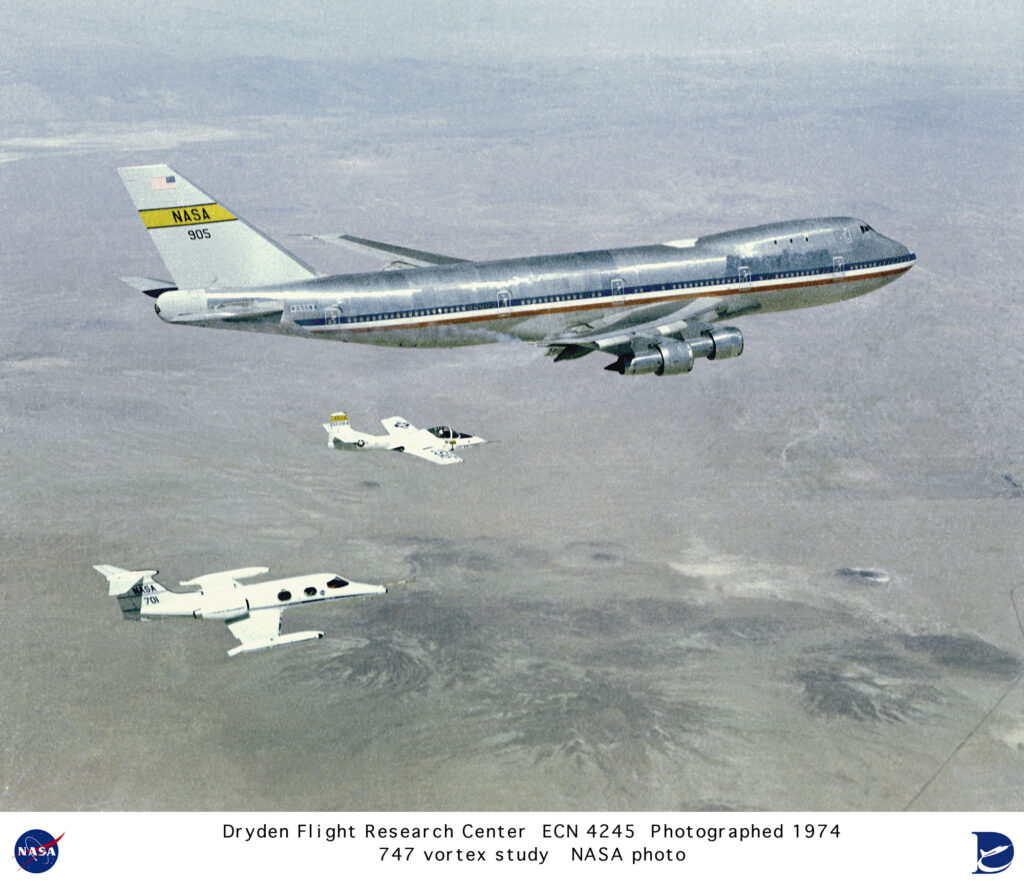
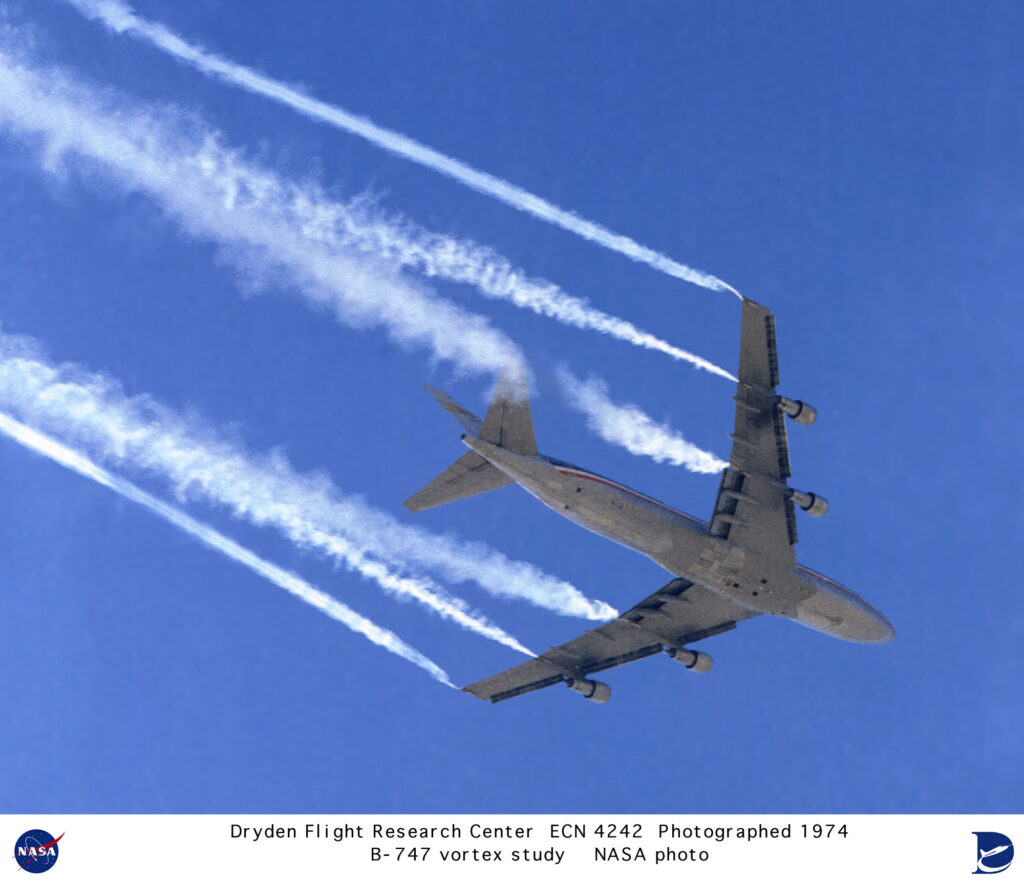
![Sea Fury Sawbones Sold to Australia 10 Sea Fury VH-HPB, formerly the Reno racer Sawbones, is unpacked in Australia after purchase by Paul Bennet. [Photo Paul Bennet Airshows via Facebook]](https://vintageaviationnews.com/wp-content/uploads/VH-HFB-202302xx-Paul-Bennet-Airshows-via-Facebook-01-150x150.jpg)
![The Last of the Baghdad Furies For Sale 11 Probably the last unrestored Baghdad Fury project available, N59SF is currently located in California and presents a unique opportunity for prospective buyers. [Photo by Courtesy Aircraft]](https://vintageaviationnews.com/wp-content/uploads/Sea-Fury-N59SF-Courtesy-Aircraft-05-resized-150x150.jpg)
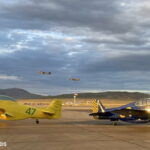
![A GOOD DAY, The Sea Fury Four Ship [Air to Air VIDEO] 13 Sea Fury Four Ship](https://vintageaviationnews.com/wp-content/uploads/Sea-Fury-Four-Ship-150x150.png)
